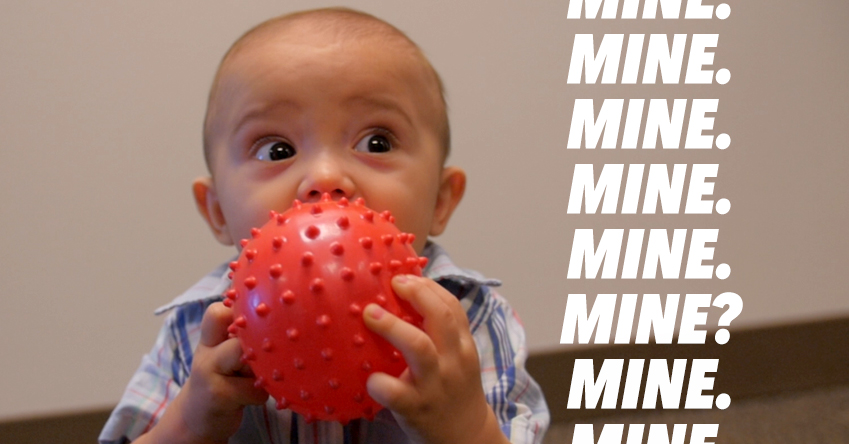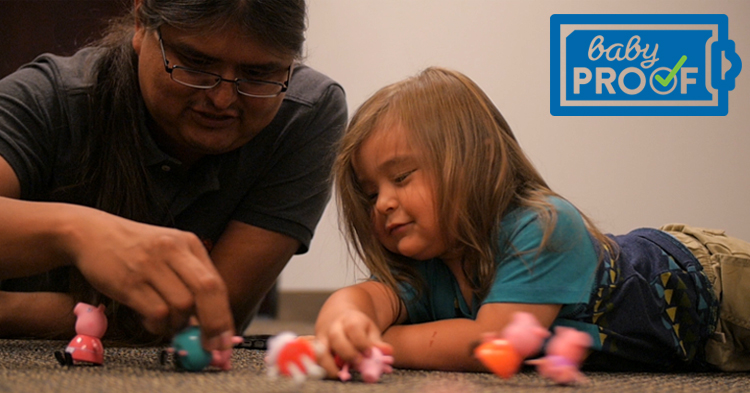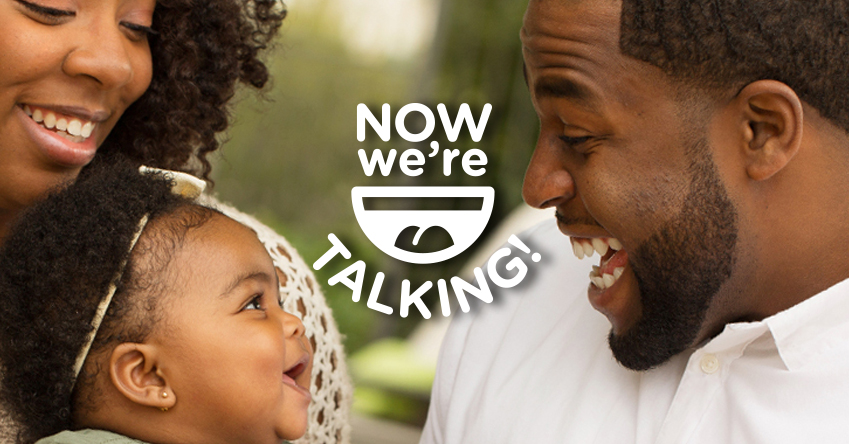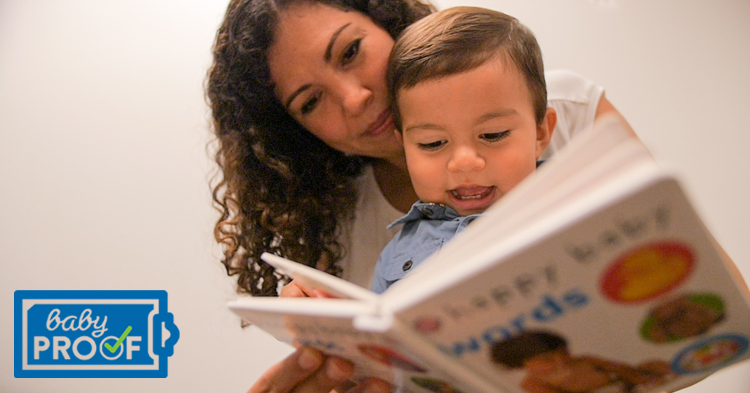Between ages 1 and 2, your toddler starts to explore his independence. He has strong likes and dislikes. He will often say “No!” and “Mine!” One moment he may want to get away from you, and the next moment he may cling to you. He needs your gentle guidance to help him learn and feel secure.
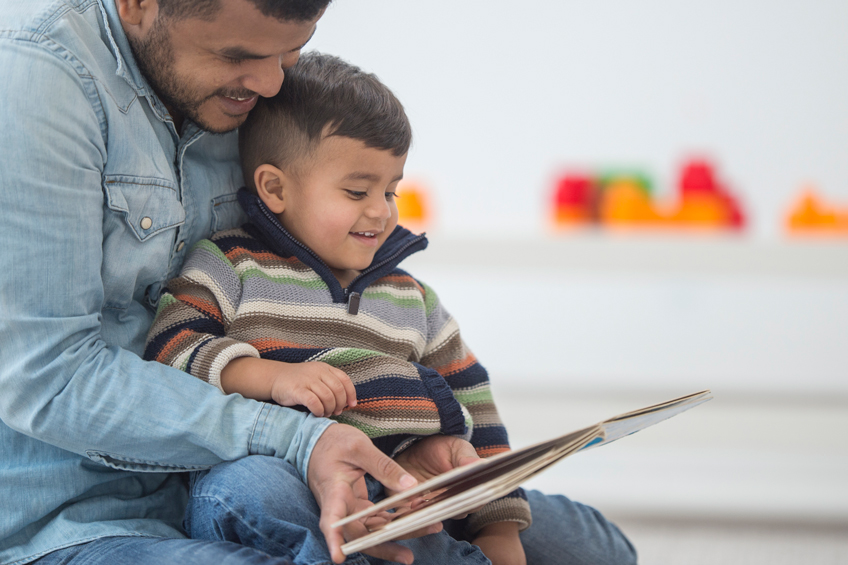
Spend Time with Your Child
- Try to set aside time every day to give your child your full attention.
- Play and be active with him. Play finger games. Pour sand from one container to another. Bang on pots or stones. Run and play tag.
- Hug your child often. This helps him feel loved and secure.
Toddlers Learn Through Play
Your toddler learns by moving, climbing, fitting into spaces and carrying and dumping things. Her waking moments are filled with discoveries. She needs safe and interesting places to explore and learn. Her toys can be simple—pots and pans, boxes, blocks and plastic buckets and shovels.
Learning Words and Phrases
From ages 1 to 2, children learn many new words and start to use phrases. Your child will:
- Use 20 or more words.
- Follow simple directions, like “Get the ball.”
- Combine two or more words, like “What is that?” or “More juice.”
- Point to people, toys and body parts when asked.
- Understand simple stories and songs.
Problems Learning Language
If your child has no words at 16 months or no phrases at 2 years, talk to your doctor. Your child may have autism or a hearing problem. Or she may need more help to learn language. Contact the Arizona Early Intervention Program.
THINGS YOU CAN DO
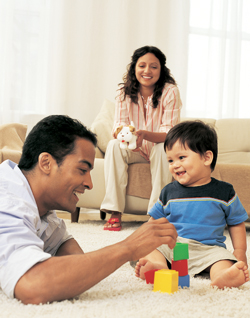 Help Your Child Learn Language
Help Your Child Learn Language
- Talk or sing to your child whenever you are together. Learn more about Smart Talk from Read On Arizona.
- Ask questions, like “Where’s the ball?” or “What does the kitty say?” Encourage your child to answer in words.
- Read to her every day. Read her favorite books again and again.
- Give names to everyday objects like toys, clothes and animals.
- Help your child use words to say how she feels.
- Turn off the TV. Toddlers learn language from you, not from TV. See the Children and Technology page in this guide.
Have a Bedtime Routine
Most toddlers do not want to go to bed. Try these tips:
- Try to have at least four hours between his nap and bedtime.
- Watch to see when he gets sleepy. Then make that his bedtime.
- If he cries, comfort him but try not to turn on the light or pick him up.
The First Things First Parent Kit was developed in partnership with Health Research for Action/UC Berkeley. © 2018 The Regents of the University of California. Additional video, graphic and other content © 2018 First Things First. All rights reserved.



